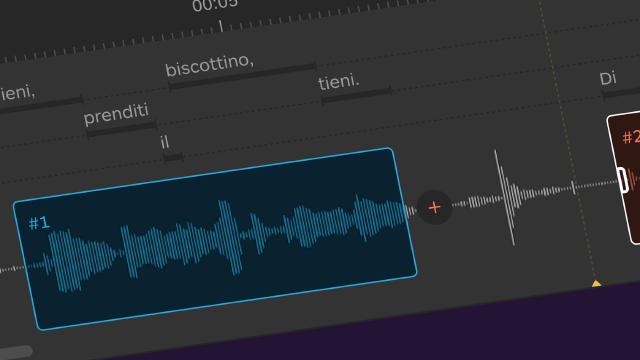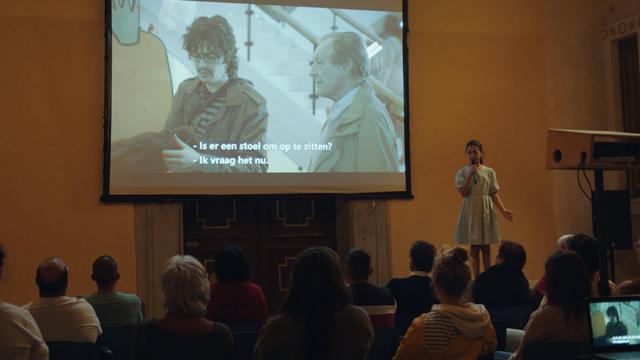In the world of audiovisual content, the terms captions, closed captions, and subtitles are frequently used. While they are related, there are important distinctions between them. Let’s uncover the disparities between captions, closed captions, and subtitles, clarifying their distinct purposes and functions.
Captions Captions refer to the textual representation of audio content in a video. They are primarily intended for individuals who are deaf or hard of hearing, allowing them to access and understand the dialogue, sound effects, music, and other audio elements. Captions go beyond mere dialogue transcription by providing additional information to enhance comprehension, such as speaker identification and descriptions of non-verbal audio cues.
Closed Captions (CC) Closed captions are a specific type of captions that can be toggled on or off by the viewer. They offer the same features as captions, including dialogue, sound effects, music descriptions, and speaker identification. The key distinction is that closed captions provide the option for viewers to enable or disable them based on their preference. This flexibility allows individuals to customize their viewing experience and access the audio content in a way that suits their needs.
Subtitles Subtitles, in contrast, primarily serve the purpose of translating the dialogue of a video from one language to another. They assume that the viewer can hear the original audio. Subtitles provide text-based translations, allowing viewers who don’t understand the spoken language to follow the dialogue and comprehend the content. Unlike captions and closed captions, subtitles typically do not include descriptions of sound effects, music, or speaker identification unless relevant to the plot or scene.
Subtitles are commonly used in international films, TV shows, and other media to make content accessible to a global audience. They facilitate cross-cultural understanding and enable individuals to enjoy content in their native language or a language they understand.
Understanding the differences between captions, closed captions, and subtitles is crucial for effective communication and accessibility in audiovisual content.
Captions provide a comprehensive textual representation of audio elements, catering to individuals who are deaf or hard of hearing. Closed captions offer the added feature of viewer control, allowing them to be toggled on or off according to personal preference. Subtitles, on the other hand, focus primarily on translating dialogue for viewers who don’t understand the original language.
By incorporating captions, closed captions, and subtitles, content creators can enhance inclusivity and reach a broader audience. It is important to choose the appropriate format based on the specific needs of the target audience, ensuring that everyone can enjoy and engage with audiovisual content regardless of hearing ability or language proficiency.
Ready to make your audiovisual content more inclusive and accessible?
Try MateSub for free today and discover how easy it is to add captions, closed captions, and subtitles to your videos, ensuring everyone can enjoy your content, regardless of their hearing ability or language proficiency.





